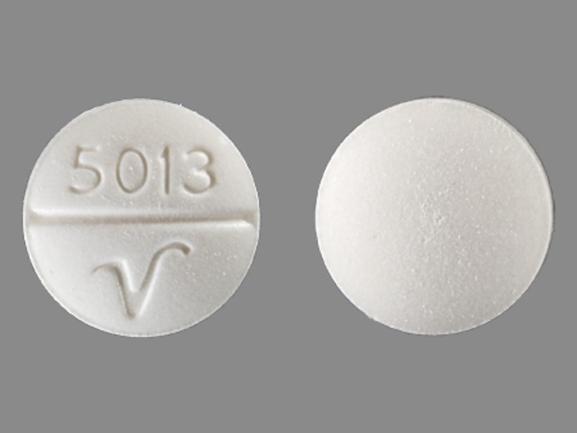Phenobarbital and Alcohol/Food Interactions
There are 2 alcohol/food/lifestyle interactions with phenobarbital.
Phenobarbital Alcohol (Ethanol)
Major Drug Interaction
Ask your doctor before using PHENobarbital together with ethanol (alcohol), this can add to dizziness, drowsiness and other side effects of PHENobarbital. Be careful if you drive or do activities that require you to be awake and alert. Talk with your doctor before using any medications together, or drinking alcohol with PHENobarbital. It is important to tell your doctor about all other medications you use, including vitamins and herbs. Do not stop using any medications without first talking to your doctor.
Switch to professional interaction data
Phenobarbital High Blood Pressure (Hypertension)
Major Potential Hazard, Moderate plausibility
barbiturates IV - cardiovascular
The intravenous administration of barbiturates may produce severe cardiovascular reactions such as bradycardia, hypertension, or vasodilation with fall in blood pressure, particularly during rapid infusion. Parenteral therapy with barbiturates should be administered cautiously in patients with hypertension, hypotension, or cardiac disease. The intravenous administration of barbiturates should be reserved for emergency treatment of acute seizures or for anesthesia.
Switch to professional interaction data
Phenobarbital drug interactions
There are 810 drug interactions with phenobarbital.
Phenobarbital disease interactions
There are 15 disease interactions with phenobarbital which include:
- acute alcohol intoxication
- drug dependence
- liver disease
- porphyria
- rash
- respiratory depression
- cardiovascular
- prolonged hypotension
- renal dysfunction
- suicidal tendency
- adrenal insufficiency
- depression
- hematologic toxicity
- osteomalacia
- paradoxical reactions
More about phenobarbital
- phenobarbital consumer information
- Check interactions
- Compare alternatives
- Pricing & coupons
- Reviews (38)
- Drug images
- Side effects
- Dosage information
- During pregnancy
- Support group
- Drug class: barbiturate anticonvulsants
- Breastfeeding
- En español
Related treatment guides
Drug Interaction Classification
| Highly clinically significant. Avoid combinations; the risk of the interaction outweighs the benefit. | |
| Moderately clinically significant. Usually avoid combinations; use it only under special circumstances. | |
| Minimally clinically significant. Minimize risk; assess risk and consider an alternative drug, take steps to circumvent the interaction risk and/or institute a monitoring plan. | |
| No interaction information available. |
See also:
Further information
Always consult your healthcare provider to ensure the information displayed on this page applies to your personal circumstances.


